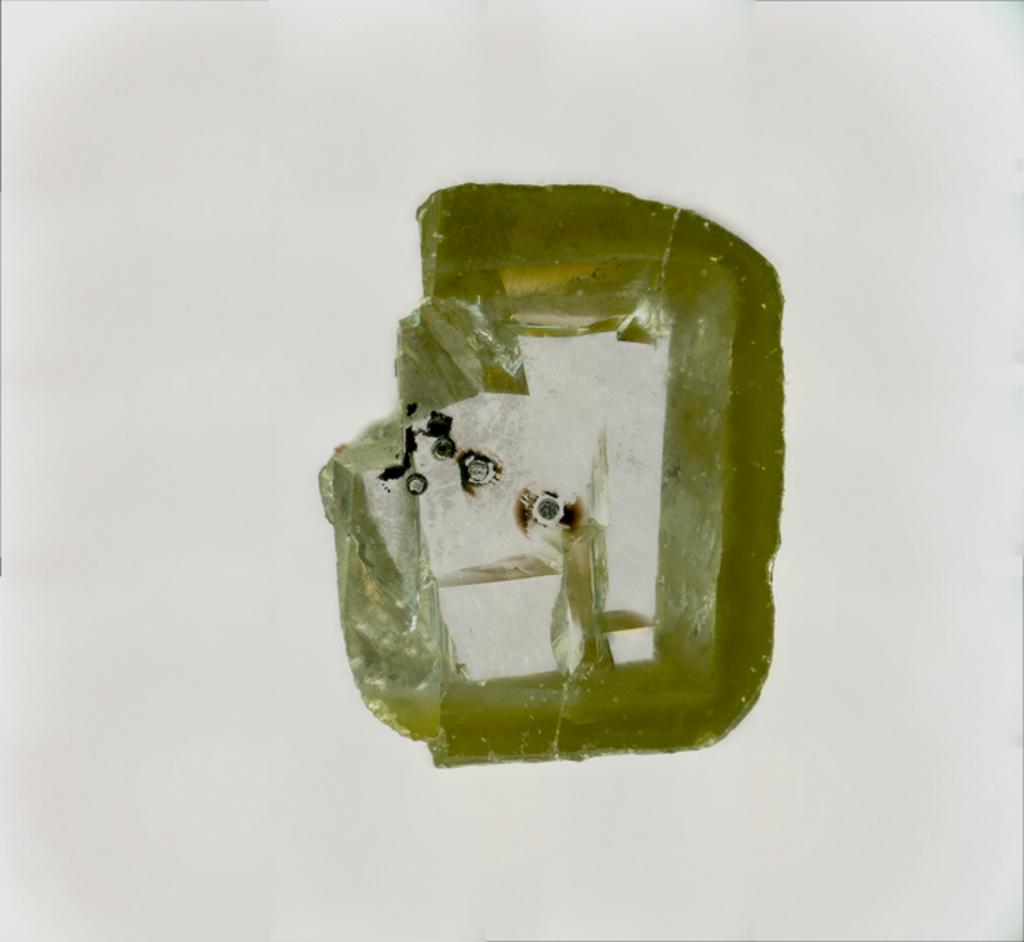Scientists find first-ever interior-Earth mineral ‘that shouldn’t have been there’

Scientists have discovered for the first time a new mineral encased within a diamond from over 600km deep within the Earth’s lower mantle, which they say should’ve fallen apart before reaching the surface.
Earth’s lower mantle is the area between the planet’s core and crust.
This was a very unlikely discovery as minerals usually fall apart before they reach the Earth’s surface, unable to retain their structure outside of a high-pressure environment, say the researchers, including those from the University of Nevada in las Vegas (UNLV), US.
The newly discovered mineral – named davemaoite – could survive such tremendous pressure change as it was encased within a diamond, says the team’s study published on Thursday in the journal Science.
“I think we were very surprised. We didn’t expect this,” UNLV mineralogist and study co-author Oliver Tschauner, said in a statement.
“For jewellers and buyers, the size, color, and clarity of a diamond all matter, and inclusions – those black specks that annoy the jeweler — for us, they’re a gift,” Dr Tschauner added.
Davemaoite, the scientists say, is a calcium silicate compound, CaSiO₃-perovskite that showed up as infinitesimal small dark specks in a diamond unearthed in the 1980s.
It arrived on the surface decades ago in Botswana via the Orapa mine — the world’s largest diamond mine by area.
A gem dealer later sold the diamond in 1987 to a mineralogist at the California Institute of Technology in Pasadena.
Dr Tschauner and his team then got their hands on the diamond, and analysed its interior structure using a new suite of scientific tools.
They named the new mineral “davemaoite” after Ho-kwang “Dave” Mao, a geophysicist who developed many of the techniques that Dr Tschauner and his team use today.
In the deep mantle, the researchers say, davemaoite takes on a role similar to that of garnet in the upper mantle with a chemistry that allows the minerals to host many elements that are incompatible in upper-mantle minerals.
They found that the structure of davemaoite enables it to host major heat-producing elements, including uranium, and thorium which affect heat generation in Earth’s lower mantle.
The scientists say the mineral may have formed between 660 and 900 km below the Earth’s surface, adding that the discoveries of more such minerals will allow geologists to model the evolution of the Earth’s mantle in greater detail.
They say the finding also marks one of two ways in which highly pressurised minerals are found in nature – either from deep within Earth’s interior or inside meteorites.
For all the latest Science News Click Here
For the latest news and updates, follow us on Google News.

